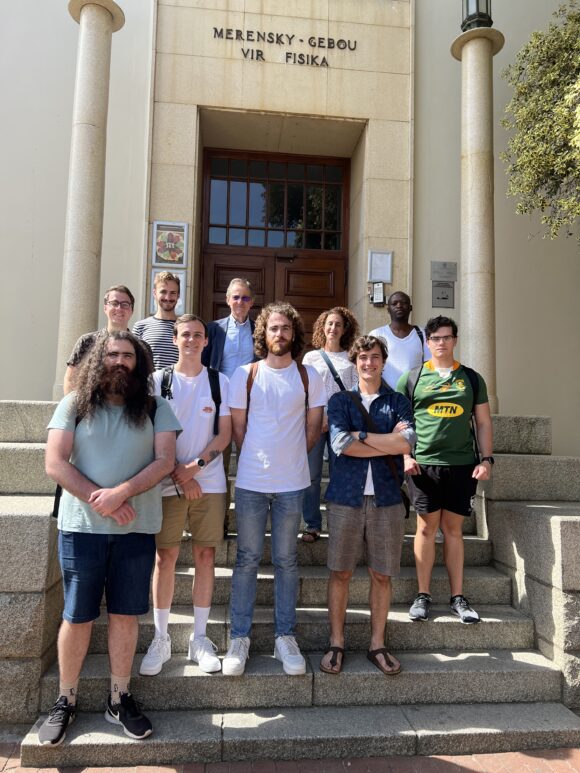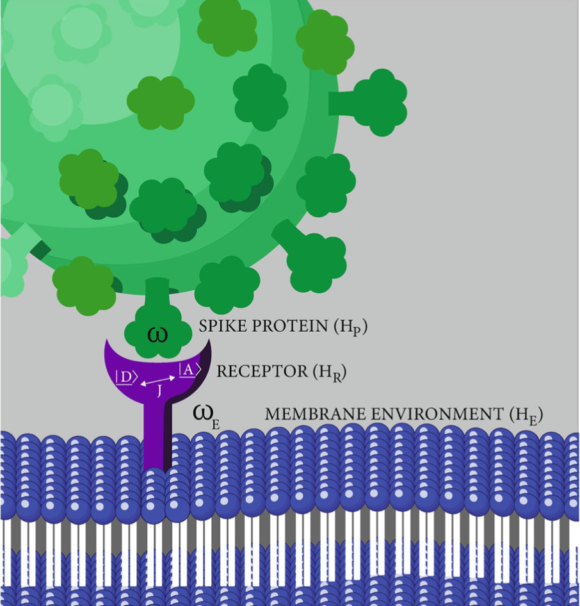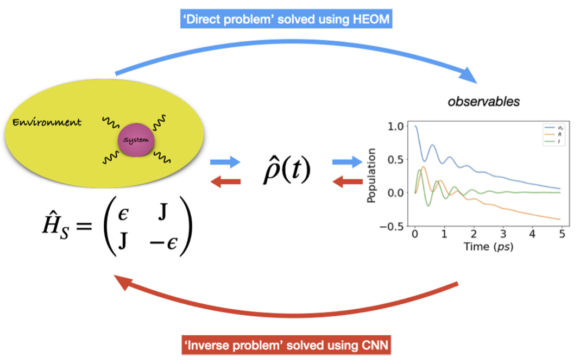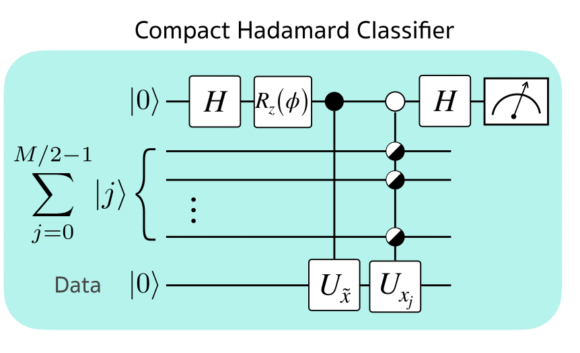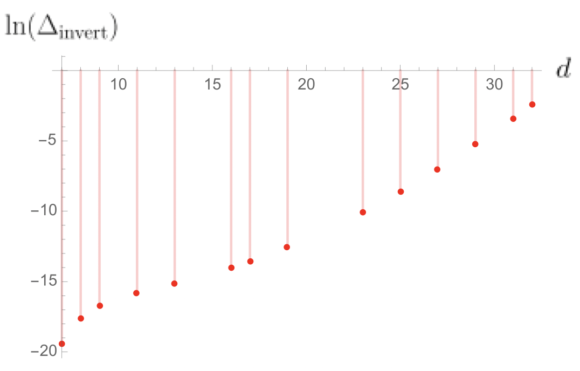Last week, Gerhard Woithe, who just joined the Group as an MSc student, started a project to translate the Wikipedia page for “Quantum computing” to Afrikaans. The page (still in progress) can be found at https://af.wikipedia.org/wiki/Kwantumberekening.
In the process of doing so, we have, however, found that in many cases, there are no existing Afrikaans terms for the (in many cases, relatively recent) jargon involved in the field of quantum computing. The first and most obvious untranslated term that jumped out at us was the term “qubit”, which, as everyone knows, is a portmanteau of the words “quantum” and “bit”. Well, the obvious analogue in Afrikaans is to chop and glue together the equivalent words “kwantum” and “bis”, to form the neologism “kwabis”, and so this is exactly what we did.
Stellenbosch University’s Department of Physics is essentially right across the road from the main offices of the Woordebook van die Afrikaanse Taal (WAT), and so after a few emails and with the keen assistance of the people at the WAT, the term “kwabis” has now been added as a lemma to the online version of the dictionary, subject to official approval.
It was brought to our attention by Alet Cloete at the WAT that the word had actually been used at least once before in the current sense in a 2005 review article published in the “Suid-Afrikaanse Tydskrif vir Natuurwetenskap en Tegnologie” (see https://www.researchgate.net/publication/307846633_Kwantumberekening). We think that the fact that the term “kwabis” has now been independently invented at least twice is an indication that it is the right word for the job.
Interestingly, the first documented use of the word itself is amazingly obscure – in a 1990 “poskantoorwoordeboek”, a post office dictionary, this term is given as the Afrikaans translation of the term “nibble” (see https://www.prolingua.org.za/dokumente/Poskantoorwoordeboek.pdf)
This translation effort is an ongoing project, and as we move on to more articles and as new untranslated terms come up, we will be keeping in close contact with the people of the WAT in order to have them added to the dictionary! Interest in creating and maintaining scientific terminology in Afrikaans has dwindled over the past few years. So we hope to, via this project, play at least a small part in stimulating interest in the (multilingual) lexicography of quantum computing. Additionally, we hope that this project perhaps inspires more people to be creative with language and translate technical articles into their home languages, thereby making specialised fields more easily accessible to people all over the world.
Please contact us if you are interested in making a contribution or if you have any suggestions for us.
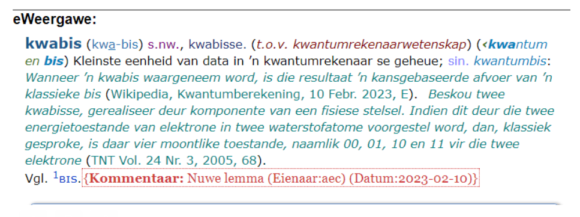
The “kwabis”entry in the Woordebook van die Afrikaanse Taal (WAT).

